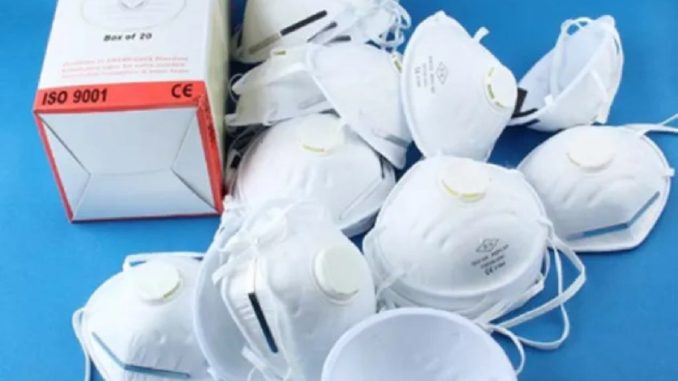
The use of face masks by children is a very common sight in the wake of the COVID-19 pandemic and subsequent mandatory health requirement for public outings. Disturbingly though, there have been media reports on the dangers of wearing standard face masks (surgical masks, for instance), for a prolonged period ranging from the shortage of oxygen supply to the body, suffocation, inflammation of the lungs, re-exposure to exhaled bacteria/viruses alongside the risks of aggravating an existing respiratory problems such as asthma, among others. The cloth face masks, which are now trending globally, can equally pose severe health challenges especially to children when worn for an extended time period.
Using face masks for children is obviously with good intentions as they are also susceptible to being infected with COVID-19 virus and can infect many more people than adults due to their boisterous and uninhibited social nature coupled with the reported cases of them being more asymptomatic. However, using face masks for children is a grey area which many health experts have not educated us enough on except for the advice that two-year-olds and younger children should not use them. Information on face mask use by children is particularly crucial as conventional face masks as we know them are no longer the norm and the more commonly used re-usable cloth face masks come in different sizes, textures and thickness. However, this information paucity in itself is alarming enough considering the seemingly lethargic approach of health organisations globally and locally, to test, research and make recommendations on the various variables surrounding the production and use of face masks, especially by children.
For children using face masks, especially the locally produced ones, they may face new dangers resulting from their inexperience as to what conventional face masks should feel like, their inability to communicate clearly how these masks affect their breathing and health during use, and the high tendency to touch their faces and face masks repeatedly. Others are the likelihood of children not observing related health guidelines of handwashing and social distancing alongside the high levels of illiteracy among their parents and caregivers about face masks in terms of usage, duration, re-use or disposal guidelines and health signs to watch out for, in children who use face masks.
While the subject of children using face masks is still an area of unanswered questions, it is pertinent to know that the associated health guidelines that apply to adults also apply to children. Face masks are not necessary for children if they are not in crowded places or places where social distancing cannot be observed. It is however the responsibility of a parent or caregiver to reduce the incidence of exposure of their child to disease causing organisms especially the COVID-19 virus by limiting the amount of time children spend in crowded places like markets or in places where social distancing cannot readily be observed like public transport vehicles. Limiting the amount of time children spend in these situations also limits the amount of time they spend wearing face masks.
Parents and caregivers must also remember that face masks should never be used for children at home. If a child is showing COVID-19-related symptoms, they can be isolated in a room in the house while contacting the help centres in your locality. It is the person providing care to the sick child that should use a face mask while attending to the child and afterwards, properly dispose the face mask. Albeit, a sick child with respiratory challenges must use a face mask when going to public places like the hospital. This reduces the incidence of the child infecting others. If you however notice that the child is suffocating or gasping because of the face mask, please take it off and use a handkerchief for the child’s sneezes and coughs while moving them to a non-crowded open area within the hospital premises for ventilation.
Parents and caregivers should also be very cautious in the use of face masks for children. They must make sure that the time face masks are being used by their children is short. One thing that can be done is to immediately remove the face mask from a child’s face after alighting from a taxi or when the child is in their parent’s private vehicle. When children exercise, please ensure they do not use face masks. During exercises and play time involving physical activities, children need an ample amount of air and insisting that they use face masks in that period can increase risks of suffocation or lung problems for them. Instead of children religiously using face masks, ensure that they wash their hands regularly, maintain social distancing and isolate themselves from others when sick.
Bidemi Nelson
Ibadan, Oyo State
Bidemi.nelson@gmail.com
END

Be the first to comment